 Hawaii is perfect for short but exciting road trips, and the Road to Hana is one of the best © Matt Munro / Lonely PlanetRoad to Hana, Maui
Hawaii is perfect for short but exciting road trips, and the Road to Hana is one of the best © Matt Munro / Lonely PlanetRoad to Hana, Maui
A white-knuckle roller-coaster of a ride, the Hana Highway in Maui twists through dense jungly valleys and skirts beneath mighty cliffs, curling around 600 twists and turns along the way. Fifty-four one-lane bridges cross nearly as many waterfalls – some eye-popping torrents, others soothing and gentle. Driving is only half the thrill. Get out and swim in a Zen-like pool, hike a ginger-scented trail and savor fresh guava and coconuts.
 Iconic Waikiki Beach is one of O’ahu’s must-do experiences ©Matt Munro/Lonely PlanetWaikiki, O‘ahu
Iconic Waikiki Beach is one of O’ahu’s must-do experiences ©Matt Munro/Lonely PlanetWaikiki, O‘ahu
Hawaii’s most famous resort, adjoining Honolulu, had become a haven for tacky plastic lei, coconut-shell bikini tops and motorized, hip-shaking hula dolls. But real aloha and chic-modern style have returned. Beach boys and girls surf legendary waves by day, and after sunset tiki torches light up the sand. Every night hula dancers – backed by slack key guitars and ukuleles – sway to ancient and modern rhythms at oceanfront hotels, open-air bars and even shopping malls.
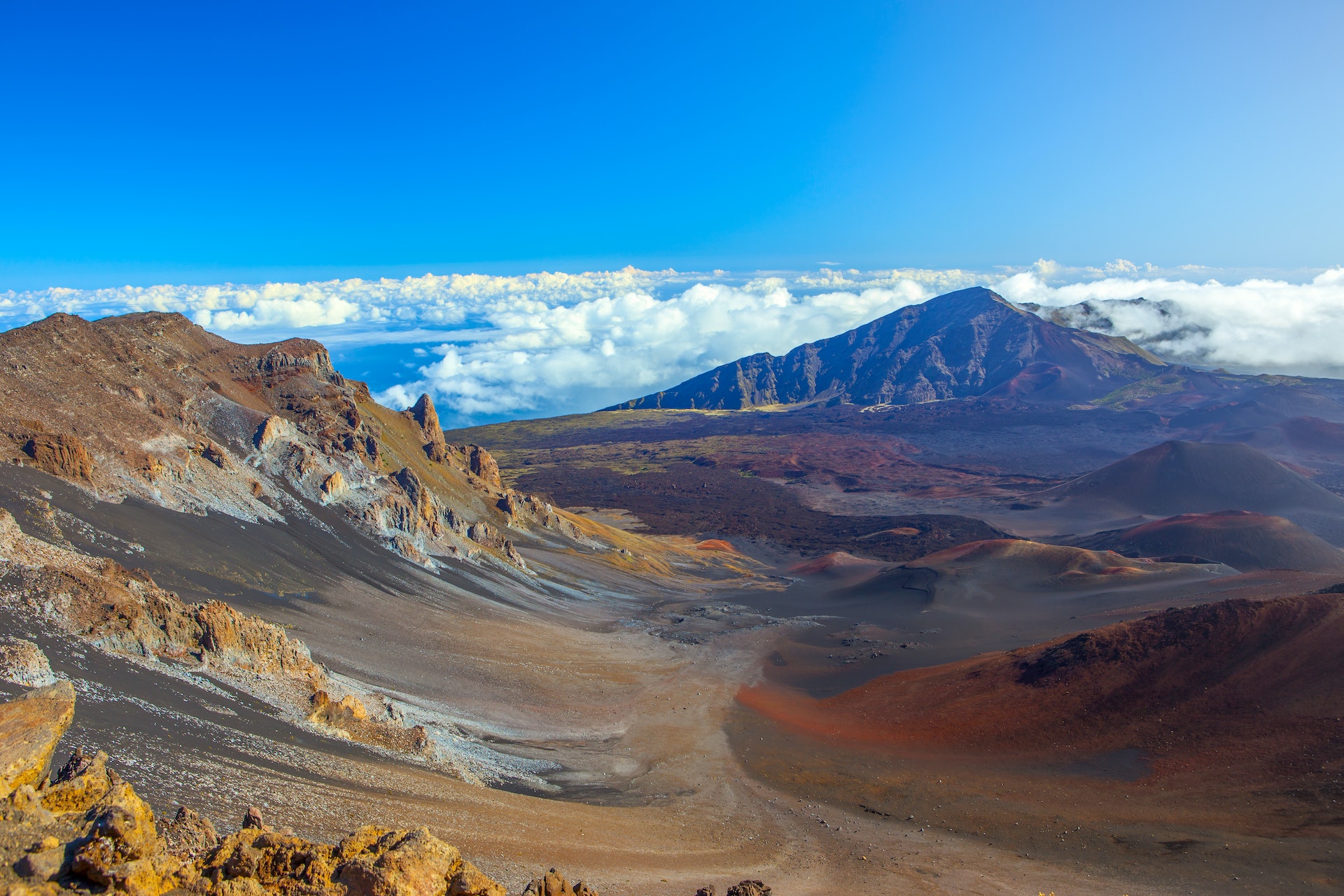
The caldera of Haleakala Volcano © ivvv1975 / ShutterstockHaleakalā National Park, Maui
As you hike into Haleakalā, the first thing you notice is the crumbly lunar landscape. Then comes the eerie quiet – the only sound is the crunching of volcanic cinders beneath your feet. The trail continues through a tableau of stark lava, rainbow-colored cinder cones and ever-changing clouds. In the park’s coastal section, waterfalls tumble into brilliant pools flanked by trails, viewpoints and a bamboo forest.
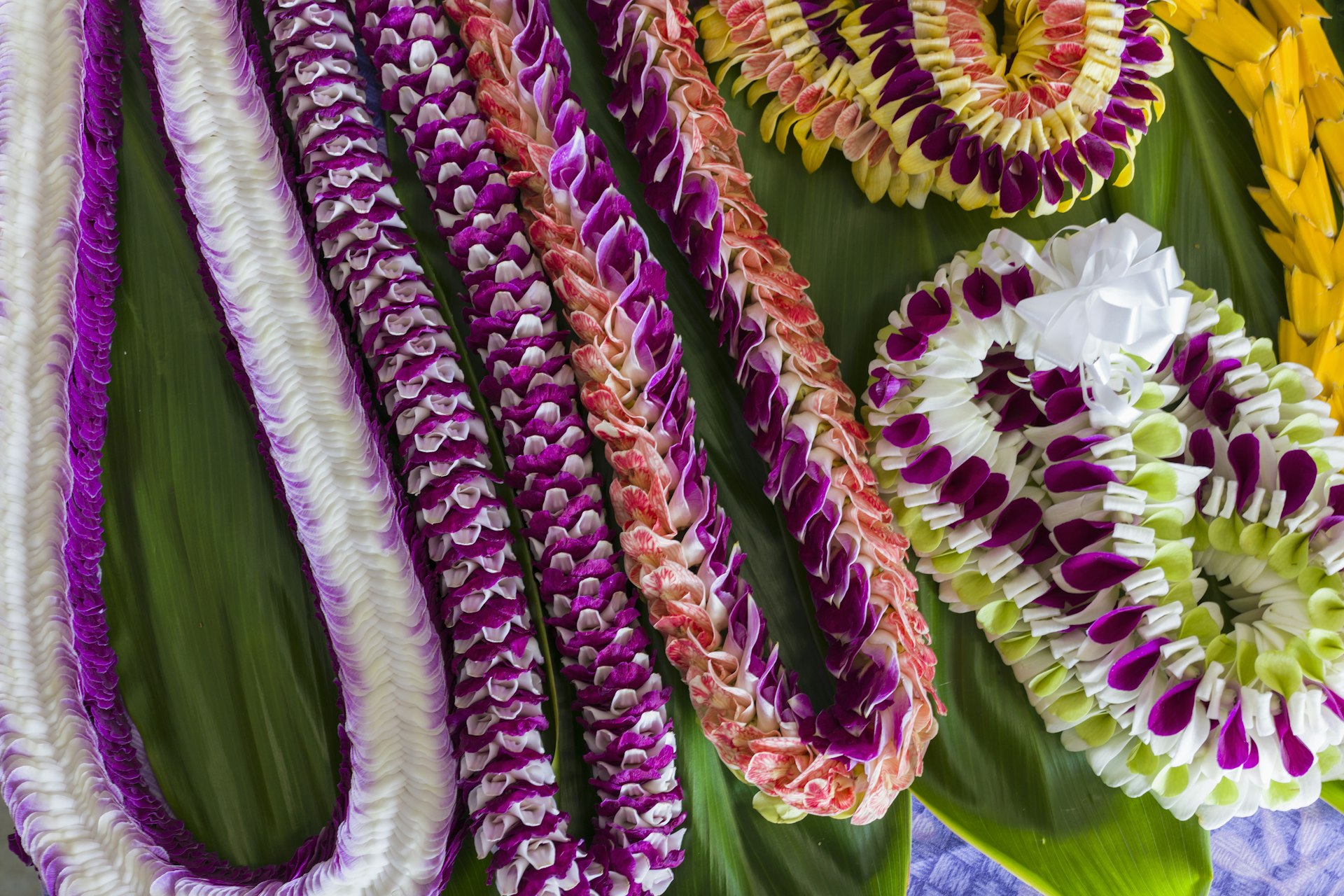 Intricate lei’s of orchids and other exotic flora at Merrie Monarch Festival in Hilo ©Alvis Upitis/Getty ImagesMerrie Monarch Festival, Big Island
Intricate lei’s of orchids and other exotic flora at Merrie Monarch Festival in Hilo ©Alvis Upitis/Getty ImagesMerrie Monarch Festival, Big Island
Ever seen a resort luau (Hawaiian feast) show? Entertaining, for sure. But, to see authentic hula – performed to invoke gods and legends through chant and dance – attend this prestigious hula competition held in Hilo every Easter week. The catch? You must book tickets a year in advance. Fans fly in from around the world for this one. Even without tickets, you can enjoy a parade, craft fair and free performances.
 The USSPearl Harbor, Oʻahu
The USSPearl Harbor, Oʻahu
Pearl Harbor is best known for the 1941 attack on the USS Arizona, now a sobering memorial that still draws many veterans, tourists and military history buffs to Oʻahu. But the history of this place, and many of Hawaii’s active US military bases, goes back much further, even before the colonization and annexation of the islands in the 20th century as a growing United States flexed its imperial muscle. The very name “Pearl Harbor” is a translation of the Native Hawaiian name Wai Momi. Nearby, military history buffs can clamber around inside the USS Bowfin submarine, tour the aircraft hangars of the Pacific Aviation Museum and stand on the decks of the “Mighty Mo” battleship, where Imperial Japan formally surrendered in 1945.
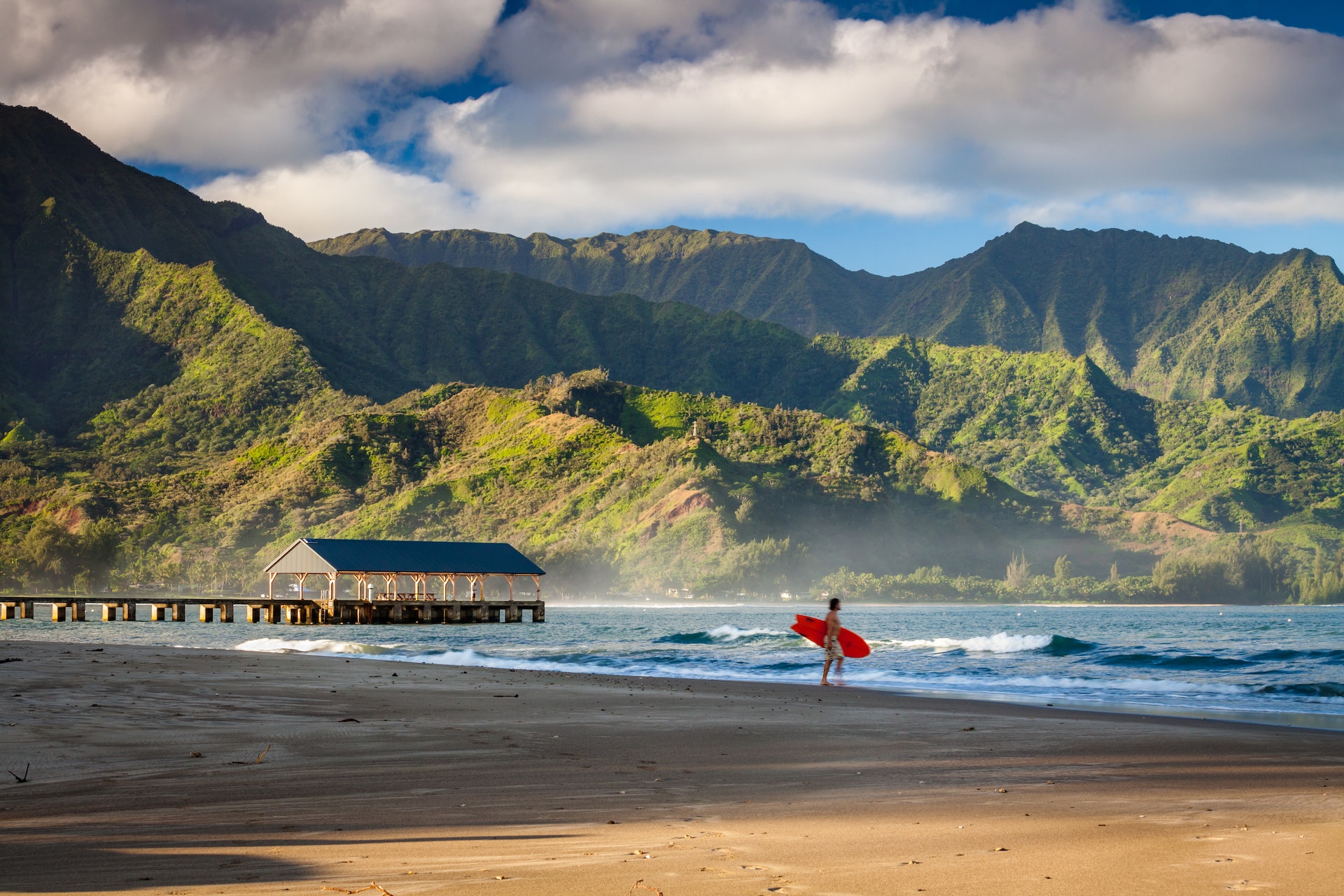
Widely viewed as one of Hawaii’s (and the USA’s) best beaches, Hanalei Bay on Kaua’i is perfect for surfers and beach loungers alike © Glowing Earth Photography / 500pxHanalei Bay, Kaua‘i
Repeatedly voted among the USA’s very best beaches, this crescent-shaped bay on Kaua‘i’s North Shore delights lazy sunbathers and active beachgoers alike. Surfers can charge massive (and some beginner) waves, while onlookers amble along the golden sands. Surf lessons take place near the pier, and every afternoon locals and visitors fire up barbecue grills, crack open cold brews and watch the daylight fade.
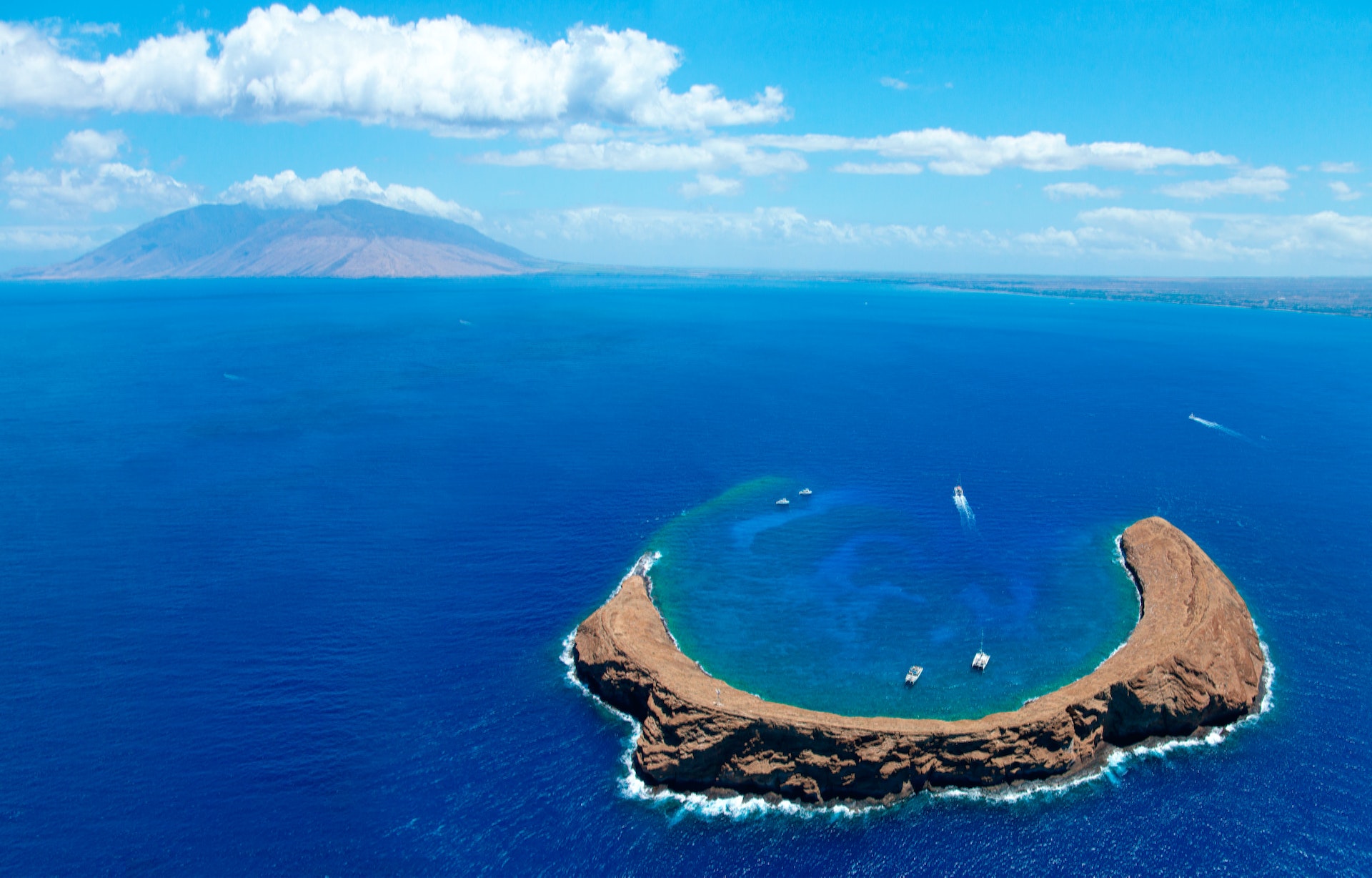
Legend says that Molokini was a beautiful woman turned to stone © M Swiet Productions / Getty ImagesMolokini
Hawaiian legend says that Molokini was a beautiful woman turned to stone by a jealous Pele, goddess of fire and volcanoes. Today Molokini is the stuff of legends among scuba divers and snorkelers. The crescent-shaped rock, only a few miles off the South Maui coast, is the rim of an ancient volcanic crater that has eroded over eons and sunk back beneath the ocean’s surface. The shallow waters cradled within are a more than hospitable spot for coral and a calling card for more than 250 species of tropical fish.
ʻIolani Palace, Oʻahu
No other place evokes a more poignant sense of Hawaii’s history. The palace was built under King David Kalakaua in 1882. At that time, the Hawaiian monarchy observed many of the diplomatic protocols of the Victorian world. The king traveled abroad, meeting with leaders around the globe, and received foreign emissaries here. Although the palace was modern and opulent for its time, it did little to assert Hawaii’s sovereignty over powerful US-influenced business interests, who overthrew the kingdom in 1893. Two years after the coup, the former queen, Liliʻuokalani, who had succeeded her brother David to the throne, was convicted of treason and spent nine months imprisoned here, her former home.

O’ahu’s North Shore is a rite of passage for surfers © mattpaul / Getty ImagesSurfing Oʻahu’s North Shore
When giant rollers come crashing in, head to Oʻahu’s North Shore for a glimpse of Hawaii’s surfing rock stars (you can also spot them riding pro-worthy waves at Maui’s Hoʻokipa Beach and Kauaʻi’s own North Shore). No need to pull out a camera lens larger than a howitzer – you can practically look these surfers in the eye as they paddle into monster surf. Or experience the adrenaline rush for yourself by learning to ride da kine (the best kind of) waves. Hang loose, brah!
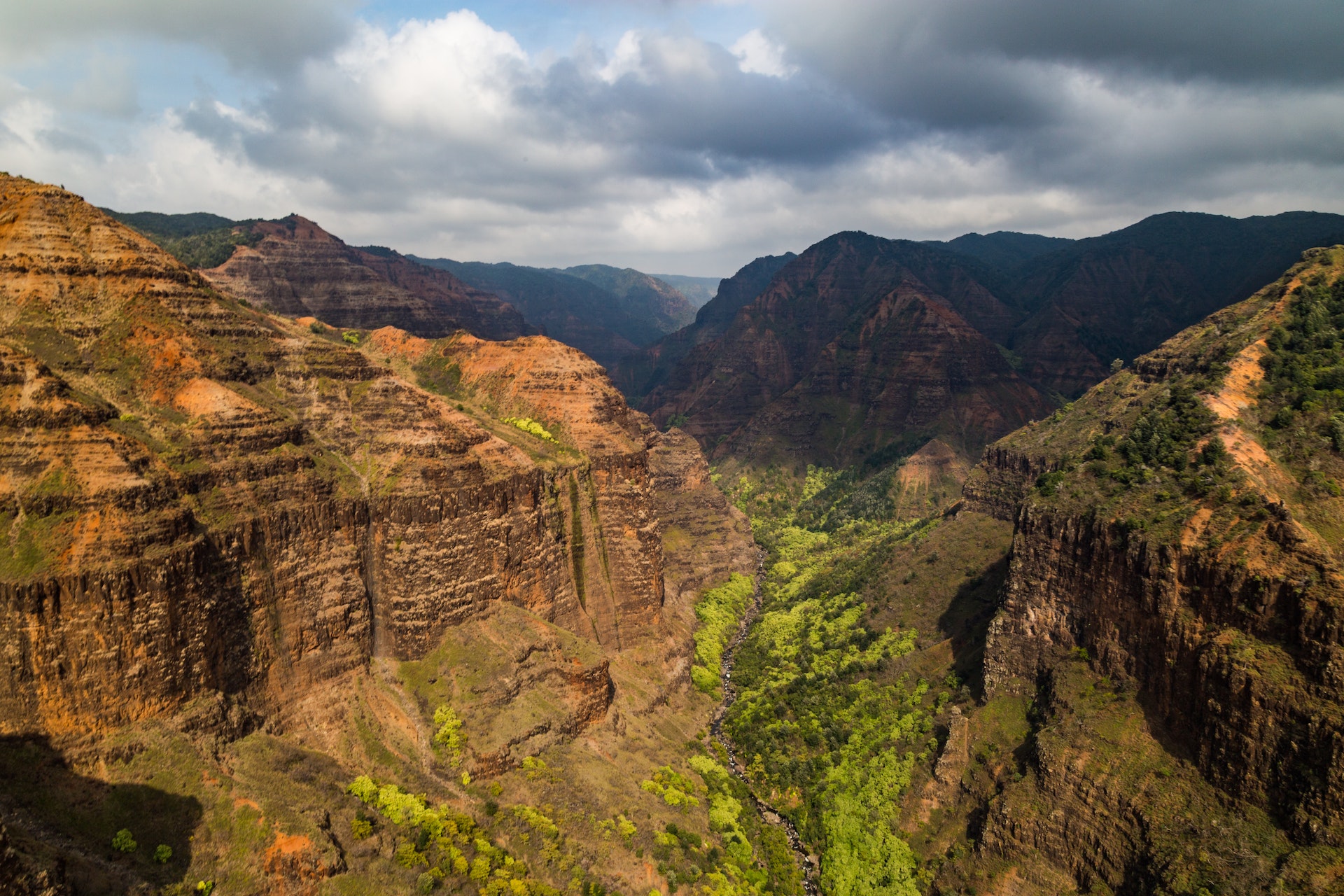
Also known as the “Grand Canyon of the Pacific,” Kaua’i’s Waimea Canyon is worth a trip © Alexander Howard / Lonely PlanetWaimea Canyon, Kauaʻi
Carved by aeons of erosion and the collapse of the volcano that formed Kauaʻi, the “Grand Canyon of the Pacific” stretches 10 miles long, 1 mile wide and more than 3600ft deep. Roadside lookouts along the sinuous scenic drive survey russet cliffs, towering waterfalls and endless abysses. Steep trails lead hikers down to the canyon floor, out to coastal headlands, and deep into the mountaintop swamps.

The view from Waipi’o Valley Lookout on Big Island, Hawaii ©Png Studio Photography/ShutterstockWaipiʻo Valley, Big Island
A mysterious green bowl filled with ghosts and legends. A sacred site. A retreat from the outside world. Waipiʻo’s special distillation of all these makes it irresistible. Some simply snap their photos from the panoramic overlook, one of the Big Island’s most iconic views. Others trek down to the valley floor with a local guide to stroll a black sand beach and peer at distant waterfalls while hearing the stories and legends of the surrounding region.
 Mantas gather just off the west coast of the Big Island, making an essential experience for snorkelers and divers ©Russell C Gilbert RCG Maru Photography/Getty ImagesNight Diving & Snorkeling with Mantas, Big Island
Mantas gather just off the west coast of the Big Island, making an essential experience for snorkelers and divers ©Russell C Gilbert RCG Maru Photography/Getty ImagesNight Diving & Snorkeling with Mantas, Big Island
The alien wonders of the ocean become accessible to all on the Big Island. Take a night snorkeling or scuba diving trip near Kailua-Kona and come face to face, eye to eye and sometimes belly to belly with enormous Pacific manta rays. These graceful giants glide like dark angels beneath you, dancing a shadowy ballet that is heart-wrenchingly beautiful and utterly fascinating. Best of all, you don’t need to be an expert in the water to enjoy this unforgettable adventure.
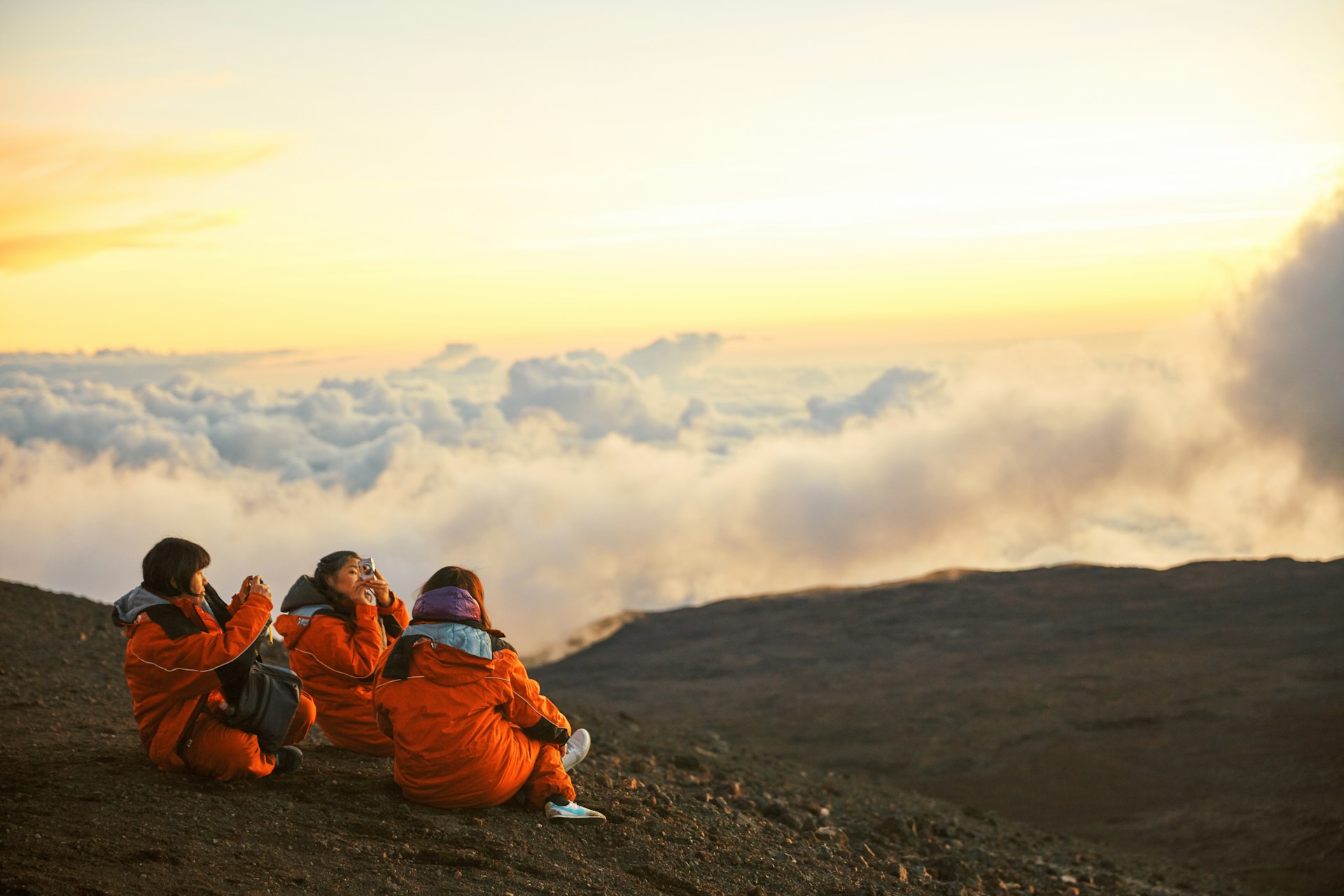 Culturally and scientifically significant, Mauna Kea is a must for visitors to the Big Island © Tec Petaja / Lonely PlanetMauna Kea, Big Island
Culturally and scientifically significant, Mauna Kea is a must for visitors to the Big Island © Tec Petaja / Lonely PlanetMauna Kea, Big Island
In Hawaiian tradition, the summit of the islands’ tallest mountain, Mauna Kea on the Big Island, is the point where the earth and the heavens meet. Contemporary astronomers feel much the same way, and have in the last fifty years taken advantage of the clearest air on the planet to erect ever more powerful observatories – in many cases meeting with hundreds of Native Hawaiian protestors, who hold the mountain sacred. While science and spirituality remain at loggerheads, visitors can still join mountaintop stargazing sessions.
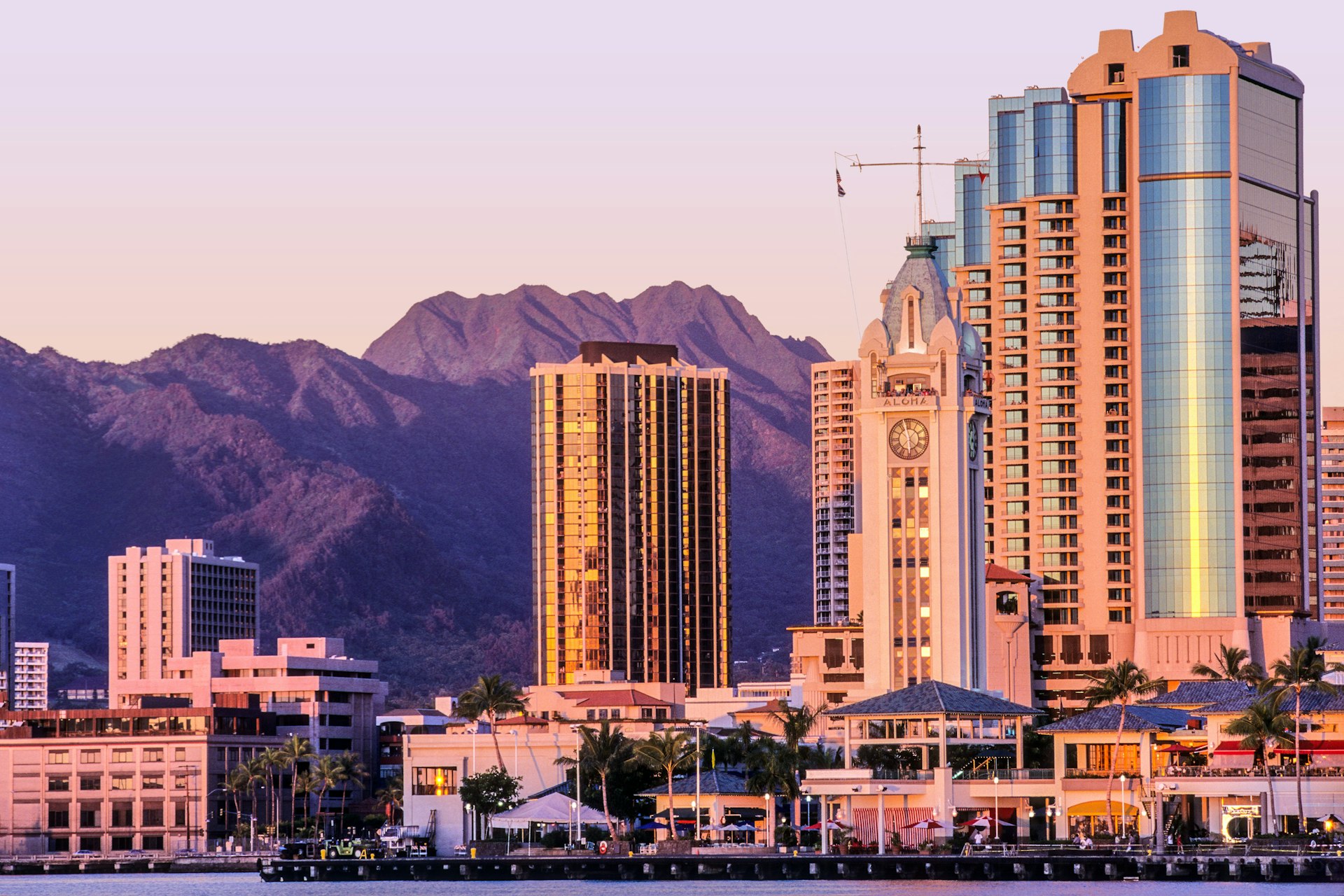 Downtown Honolulu and the Aloha Tower, built in 1926 as a navigation aid for Honolulu Harbor © John Seaton Callahan / Getty ImagesHonolulu, O‘ahu
Downtown Honolulu and the Aloha Tower, built in 1926 as a navigation aid for Honolulu Harbor © John Seaton Callahan / Getty ImagesHonolulu, O‘ahu
In Hawaii’s cosmopolitan capital on O‘ahu’s southern shoreline, you can eat your way through the pan-Asian alleys of Chinatown, gaze out to sea from the landmark Aloha Tower and explore the USA’s only royal palace, where Hawaii’s last monarch languished under house arrest. Browse at the world’s largest open-air shopping center, then pay your respects at Pearl Harbor.

Once the site of a colony for Hawaiians affected with Hansen’s disease, the Kalaupapa Peninsula on Moloka’i still retains the churches and communities that cared for sick © Alexander Howard / Lonely PlanetMoloka’i
More than half of Moloka‘i’s people have Indigenous heritage, and locals favor preservation of land and culture over schemes promoting tourism. Yet visitors find a genuine welcome, and the aloha spirit is everywhere. As well as the forbidding, spectacular Kalaupapa Peninsula, island sights include the end-of-the-road Halawa Valley, home to hundreds of sacred taro patches, ancient temples and waterfalls pounding into swimmable pools.
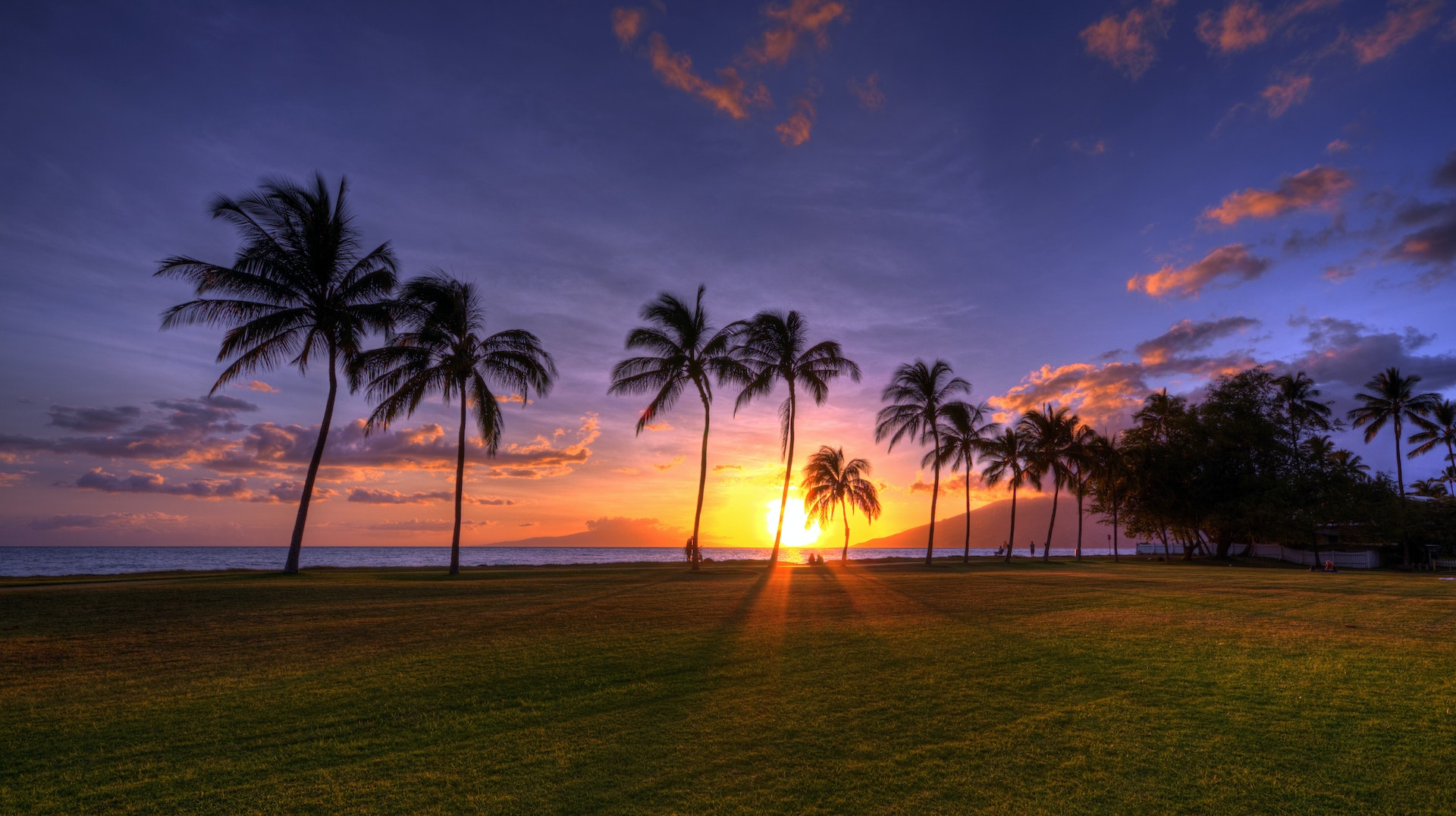
Maui’s south-shore sunsets are spectacular
Famed for phenomenal swimming, snorkeling, sunbathing and sunny skies, the beaches of South Maui are world class. In winter, whales congregate immediately off shore, while snorkel cruises head out year-round. The further south you go, the more magnificent the beaches become, culminating in superb, mile-long Big Beach. If you’re not staying in exclusive Wailea, thank Hawaii’s beach-access laws, which allow you to visit these beautiful strands anyway, with dedicated public parking lots.
Source: https://t24hs.com








